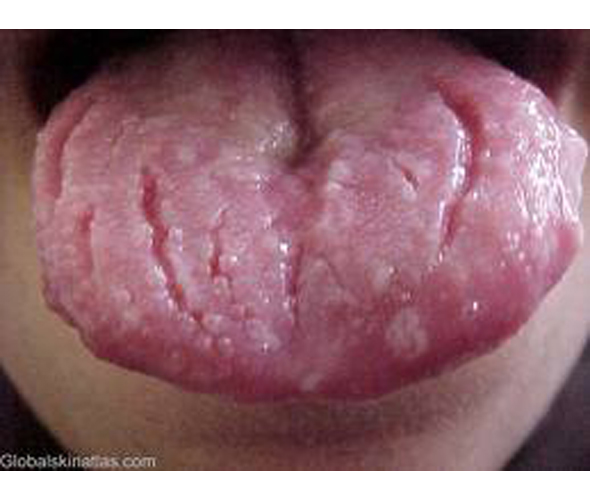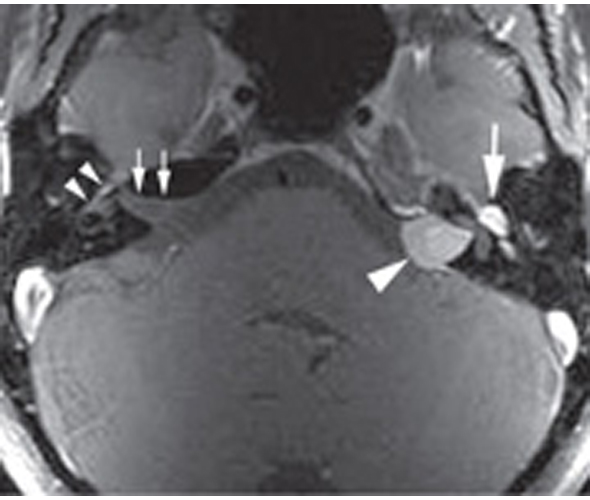Read the following publication: Rosenfeld, R.M., Pynnonen, M, Tunkel, D.E., et al. AAO-HNS Clinical Practice Guideline on Tympanostomy Tubes. Otolaryngol Head Neck Surg 149(2), S1-S35.
1.
Diagram the course of the facial nerve from the brainstem to its exit at the stylomastoid foramen.
2.
Discuss the blood supply to the facial nerve and what is the clinical relevance?
3.
What is the narrowest segment of the fallopian canal? Where are the most common areas of dehiscence?
4.
Give us the House-Brackmann system of grading facial weakness. Are there others?
5.
What are common infectious etiologies for facial nerve weakness? List etiologic agents and any distinguishing factors.
6.
Provide us with a table of neoplasms (benign and malignant) that may affect the facial nerve and include information on presentation signs/symptoms.
7.
Facial nerve schwannomas: discuss incidence, presentation and management options.
Reference(s):
Channer, G.A., Herman, B, Telischi, F.F., Zeitler, D, et al. Management outcomes of facial nerve tumors: comparative outcomes with observation, CyberKnife, and surgical management. Otolaryngol Head Neck Surg, 147(3), 525-30.
McRackan, T.R., Wilkinson, E.P., Brackmann, D.E., Slattery W.H. Stereotactic radiosurgery for facial nerve schwannomas: meta-analysis and clinical review. Otol Neurotol, 36(3), 393-8.
8.
The NICU calls you to evaluate a newborn with a unilateral facial palsy. Discuss etiologies, work-up and management.
9.
A patient presents to the ER with an acute left facial palsy. What important information should be gathered during history and physical exam? When should you order diagnostic test (lab, imaging, electrodiagnostic)?
10.
The above patient is diagnosed with a Bell’s palsy. What are the diagnostic criteria? What is the natural history of the disease? How would you manage the patient?
11.
Your neuro-otologist wants to perform a surgical decompression on a patient with Bell’s palsy. What are the indications, timing and expected outcomes? Support your response with evidence-based literature.
12.
A patient presents to the clinic with a history of progressive bilateral facial weakness over the past few days. What is your differential diagnosis? What tests do you order?
13.
A patient presents to the clinic with a history of progressive facial weakness over the past few days. It is now a H-B IV. What is your approach to the work-up? What kind of tests do you order?
14.
A 35-year-old female presents with rapid onset left facial paralysis. She has a prior history of ipsilateral and contralateral facial paralysis. One element of her exam is depicted. What is the most likely diagnosis? What is the differential diagnosis of bilateral facial paralysis? What are the most common causes of bilateral facial paralysis?
15.
Discuss the differences between hemifacial spasm and synkinesis with respect to pathophysiology and management.
16.
A 40-year-old patient presents with a progressive facial paresis over the past 5 years. A MRI is ordered. What is the differential diagnosis for this patient including benign and malignant neoplasms, as well as non-neoplastic lesions?
17.
Discuss the role of an MRI in patients with acute, chronic and progressive facial nerve paresis.



